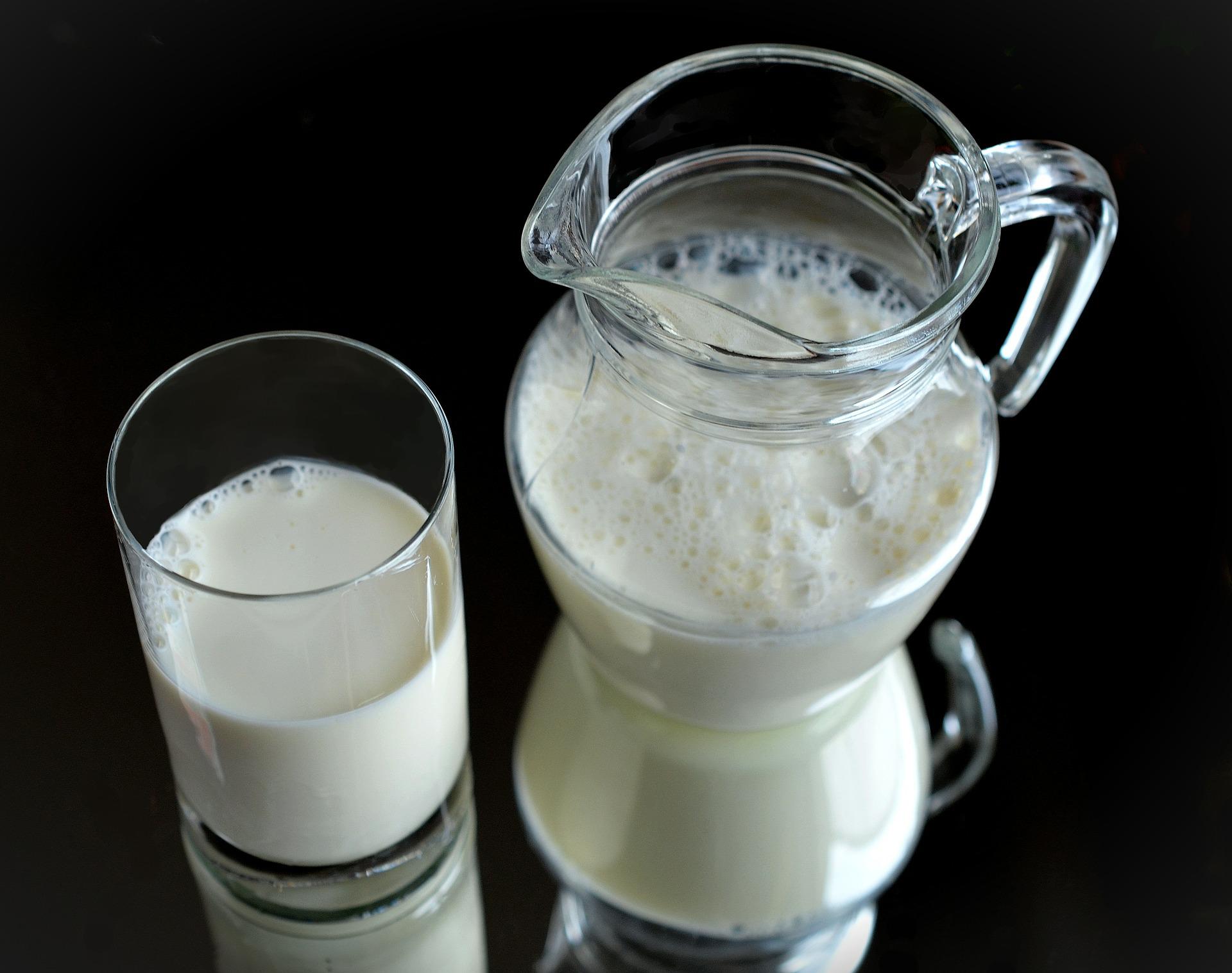Infants initially feed exclusively on their mother’s nutritious milk. Thanks to the enzyme lactase, they can digest milk without any problems. As the child grows up, the lactase activity decreases, resulting in lactose intolerance and milk intolerance. This mainly affects the population in Africa and Asia.
For example, people in Europe, North America, and Australia are an exception. For almost 7,500 years, milk and milk products have been an integral part of the diet here – even in adulthood. Over time, a genetic adaptation has taken place. It is, therefore, hard to imagine these countries without milk and its many products.
Milk provides the body with proteins, carbohydrates, fatty acids, vitamins, minerals, and trace elements. Due to its energy and nutritional content, it is considered a food. Therefore, milk should not be used as a thirst quencher. Water is the better alternative here.
It is sufficient for an adult to drink about 250 ml of milk daily.
As a calcium supplier, milk is known to be good for the bones. This is only partly true, as it is mainly the combination of calcium and vitamin D that helps maintain normal bones. Study results show that high milk consumption can reduce the risk of bone fractures. However, there are equally studies that could not prove this effect. Therefore, this point is still controversial in science. Other foods besides milk must end up on the dinner plate as a source of calcium. Broccoli, beans, spinach, and fennel are particularly rich in calcium.
Milk as a raw material can conjure up a multitude of variations, such as butter, cream, yogurt, quark, and cheese. Cheese, yogurt, and quark are particularly healthy due to the probiotic cultures they contain. Regular consumption supports the diversity of the intestinal flora.
The fact is that milk and dairy products are healthy and valuable foods. Nevertheless, milk, in particular, should be consumed in moderation. For children and adolescents, milk consumption is recommended as part of a healthy diet.
- source: eucell.de/picture: Bild von congerdesign auf Pixabay
This post has already been read 1288 times!



